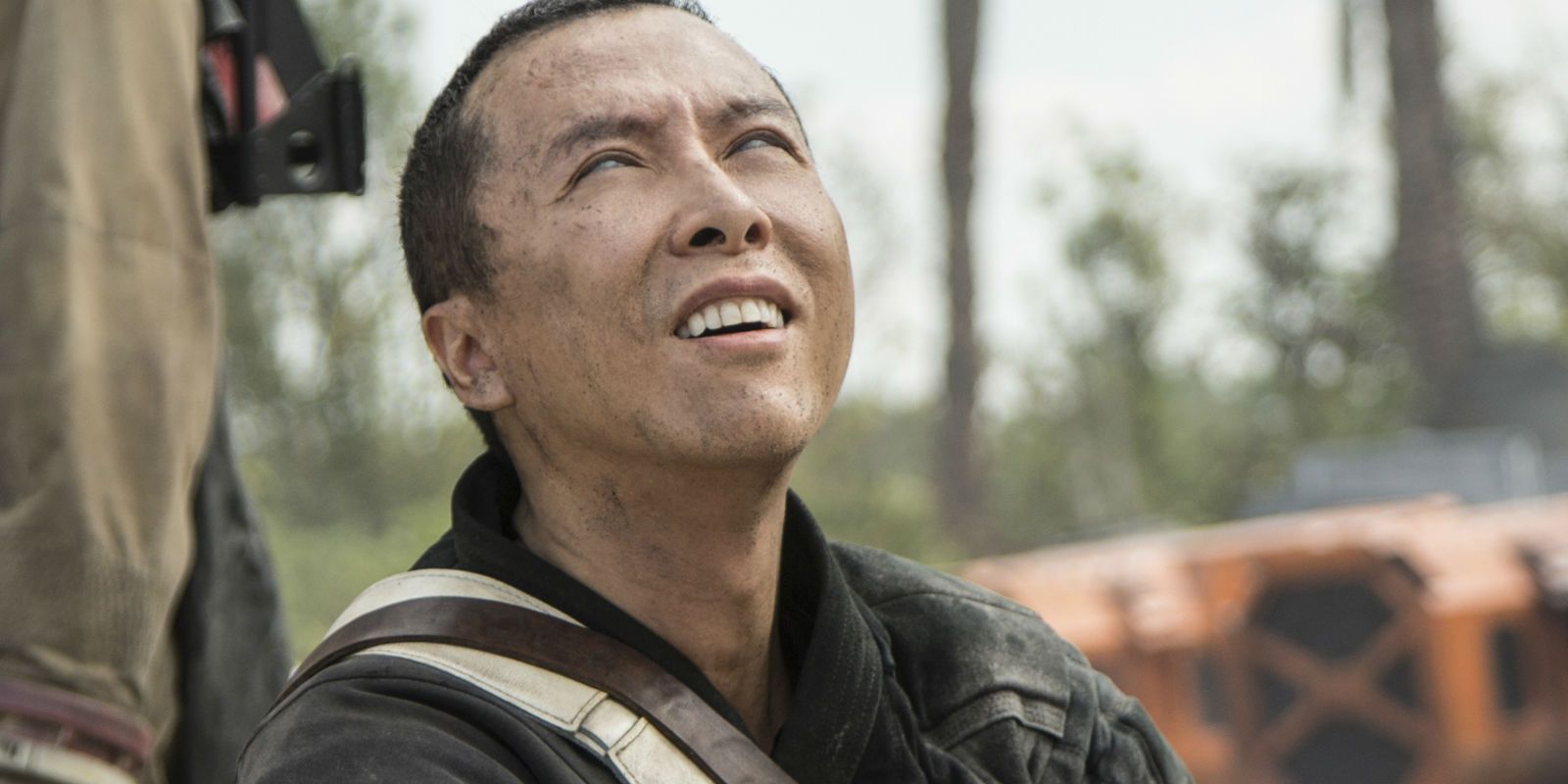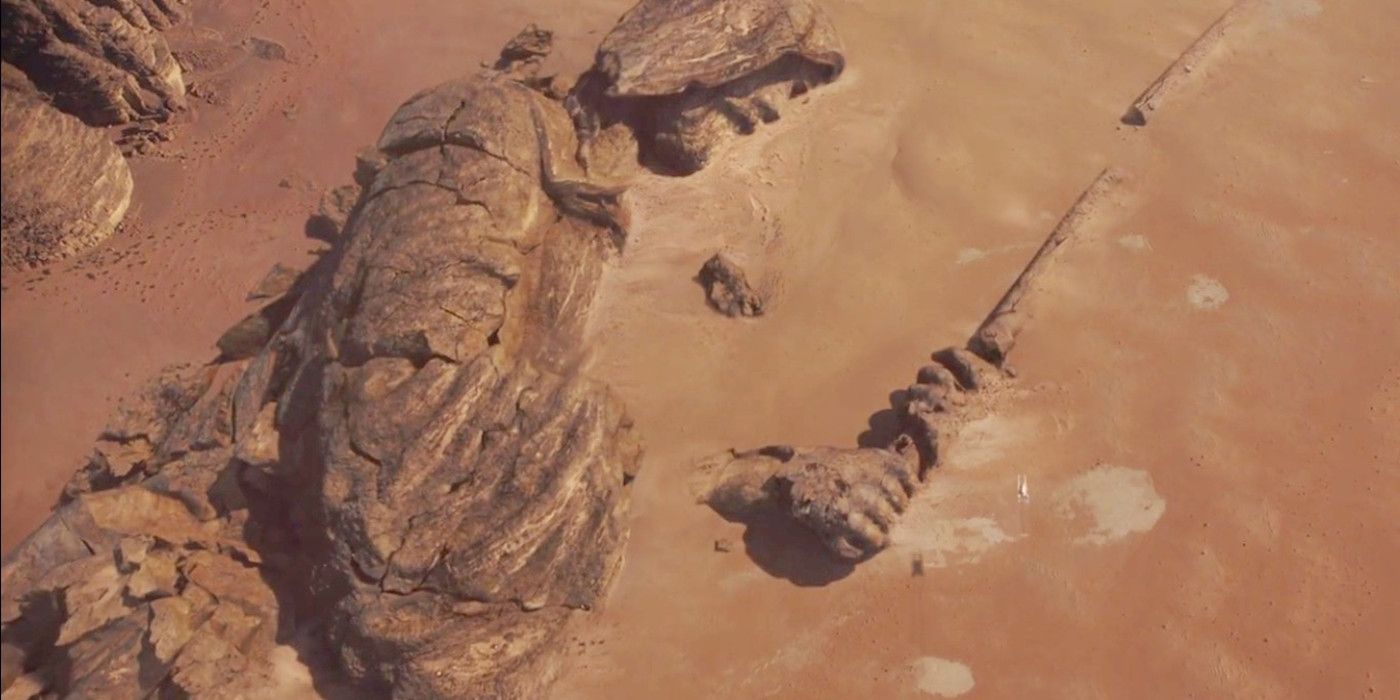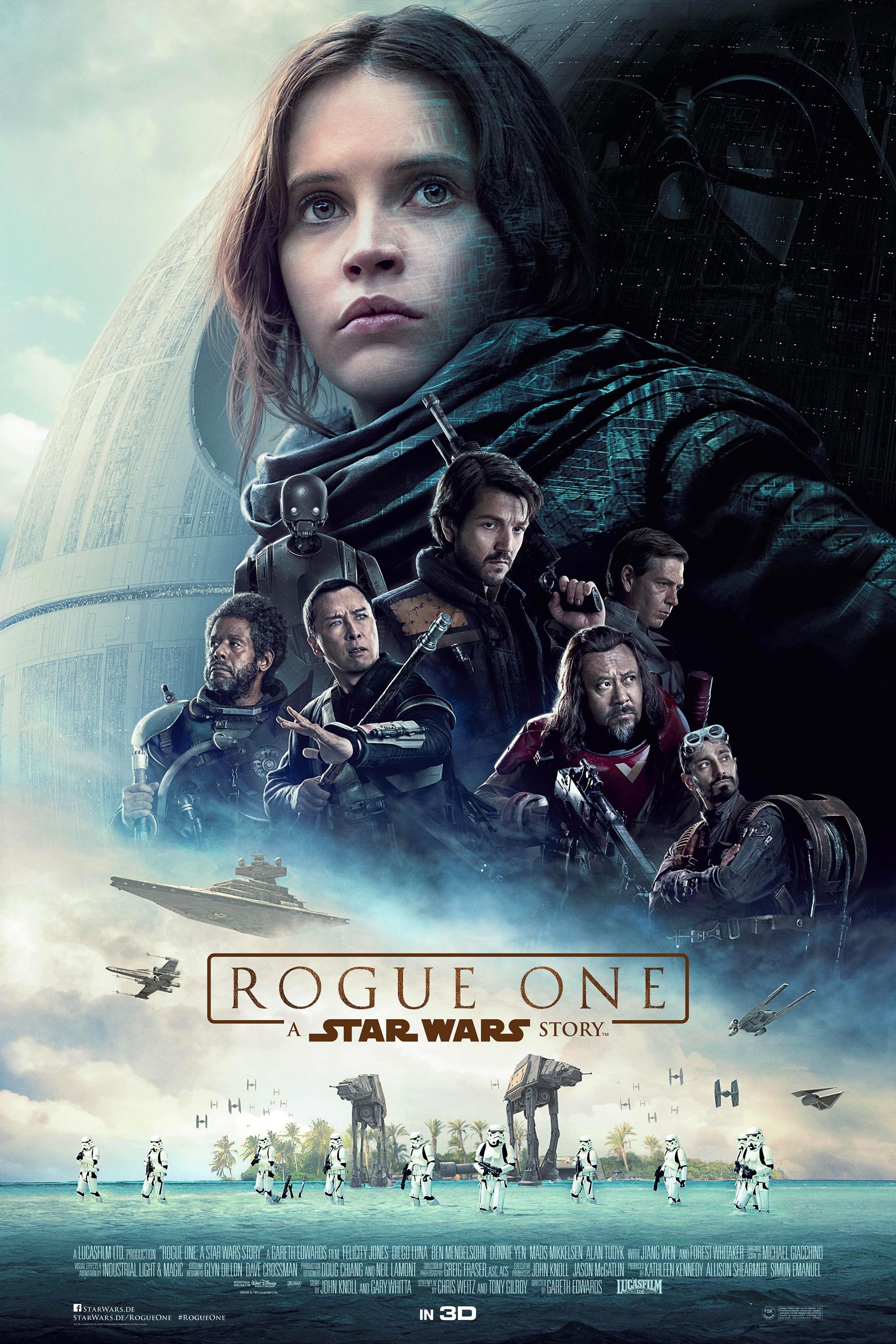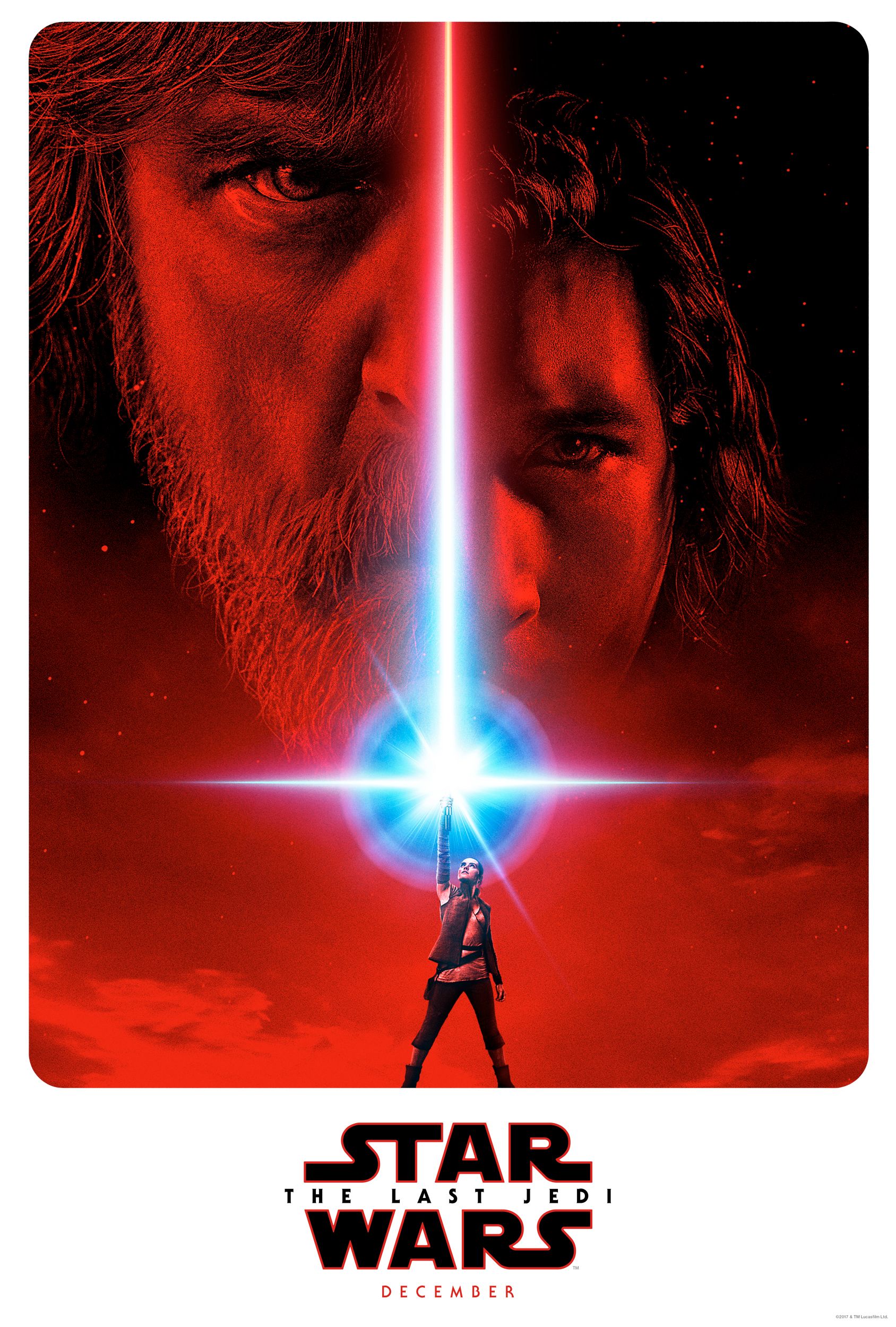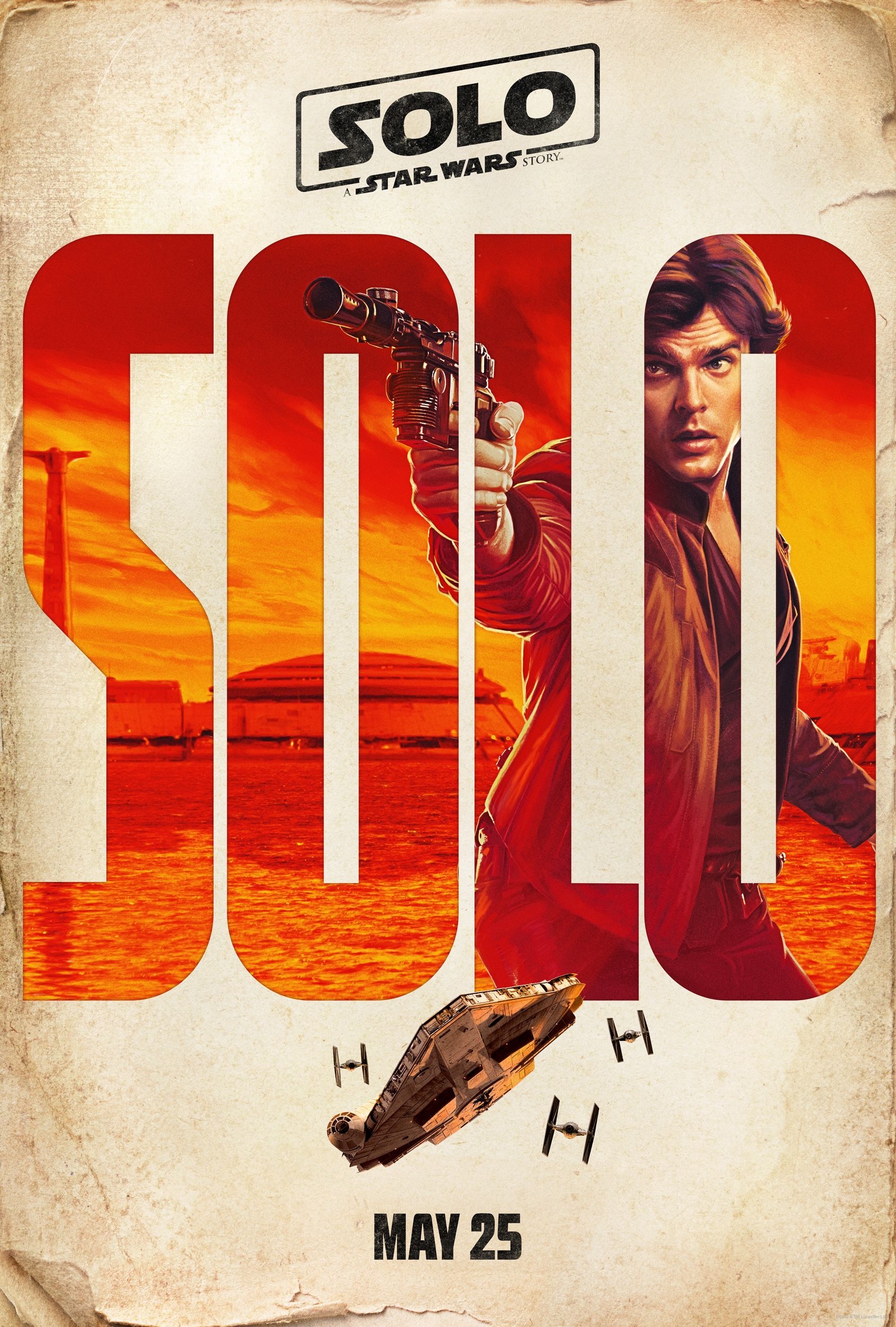Seeing that Rogue One: A Star Wars Story is set between the events of Revenge of the Sith and A New Hope, the first live-action spinoff in the franchise is also going to be the first Star Wars film that does not include Jedi Knights. Obi-Wan Kenobi and Yoda are both in hiding, and Luke Skywalker has yet to realize his full potential. Rogue One will obviously feature an important Force user in the form of Darth Vader, but only the Dark Side will be represented, underlining the tremendous adversity the Rebel Alliance will face in this period of the Galactic Civil War.
That said, the Force will still have a prominent role to play in Rogue One. Donnie Yen's Chirrut Îmwe is a blind warrior who strongly believes in the hokey religion, and the location of Jedha has previously been described by director Gareth Edwards as the Mecca of the Star Wars galaxy where the earliest disciples of the Force went to pilgrimage. With these revelations in mind, many fans have been wondering how the Force factors into the narrative, especially since kyber crystals (used to power lightsabers) are a main part of the Death Star's construction.
Screen Rant attended the Rogue One press junket and had an opportunity to speak with Edwards about this very topic. The director explained why he wanted to include the Force in the film and the significance of the spiritual moon Jedha:
I think without the Force as a spiritual bedrock of Star Wars, it's not really Star Wars. We knew that we didn't have specifically the Jedi in the movie because the timeline we're in, but I wanted that belief and I wanted it to be talked about and brought up. One of the places we made sure the characters would go through was the Star Wars equivalent of Mecca or Jerusalem. Like a pilgrimage people go to who believe in the Force and when we get there, people are oppressed and the Empire's taken over. I feel like, at that particular point in the story people are losing their faith in the Force and have this feeling like, "No one is coming to help us. It's all a load of nonsense and we've got to do something ourselves."
The Force is without question one of the most unique and recognizable elements in Star Wars, so it's understandable why the Rogue One creative team would want to make sure it was a part of their film. There's fascinating symbolism at play with the Imperial occupation of Jedha, as the Empire is attempting to purge all traces of the Jedi and exploit the moon's resources for their own purposes. After generations of the Jedi Order serving the Republic, the galaxy has fallen into despair and those committed to fighting for freedom have to find a solution to their problems without overly relying on the Force for aid. At some point in Rogue One, Jyn Erso does say, "May the Force be with us," so it's clear that certain members of the Rebellion still trust in it, but it's easy to see how many would doubt its existence with the rise of the Empire. And with things only getting worse, people have to take matters into their own hands.
Edwards' implication that Star Wars can't be Star Wars without the Force is an interesting one, seeing that the next anthology film on the slate is Phil Lord and Chris Miller's young Han Solo movie. The smuggler, of course, never saw anything that made him believe there was one all-powerful Force controlling everything during his pre-A New Hope travels, which took him from one side of the galaxy to the other. It raises the question of how Lord and Miller will approach this subject in their project, since the Lucasfilm story group strives to ensure all canon materials are consistent with each other. There's a distinct possibility Han Solo doesn't feature the Force at all, which would be intriguing.

